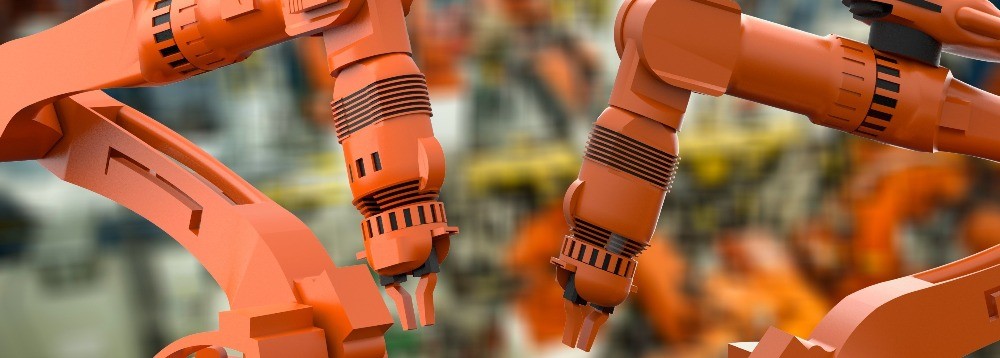It’s comparatively easy to abate emissions from some sectors by simply switching to renewable energy. But the challenge is bigger for sectors with energy- and emissions-intensive processes and products such as chemicals. Chemicals companies and others in hard-to-abate industries are under pressure to decarbonise and work towards Paris Agreement goals. And some are making progress. To name one example, Solvay, a multinational chemicals company with headquarters in Brussels, has embraced the need for change and innovation and is laying the foundations for its business to thrive in a net zero economy.
Under the guidance of CEO Ilham Kadri, Solvay published its One Planet sustainability roadmap in 2020, which leads to the implementation of carbon neutrality for all the group’s businesses by 2040, except for its soda ash business, for which the target is 2050.
Solvay has two approaches to decarbonisation. The first approach is developing innovative products that help other sectors decarbonise; in 2022, 55 per cent of Solvay’s group sales came from sustainable solutions such as battery materials and thermoplastic composites – an increase of 5 percentage points year on year.1 The second approach is decarbonising its own operations by developing new value chains for fuel alternatives to coal-fired plants, which the company is aiming to phase out by 2030.

Business and sustainability go hand in hand
“We are showing the power of ‘and’ — being profitable and caring for the planet,” says Kadri. “We walk the talk because it also impacts our pockets.”
Solvay has implemented global profit sharing for KPIs linked to financial metrics, sustainability progress and diversity, equity and inclusion performance, which includes a budget of €15mn for non-executive employees.
The sustainability rewards are also visible to investors. In February, the publicly traded company also made a splash on the Brussels Stock Exchange’s newly launched ESG index, which tracks companies demonstrating ESG practices.
The company has identified four growth areas: battery materials; thermoplastic composites; green hydrogen; and renewable materials and biotechnology. Amid regulation that is shifting in line with the energy transition and more sustainable consumer trends, Solvay estimates that these sectors could provide it with additional revenues exceeding €10bn in the coming decades.2
“We are focusing the company toward these mega-trends,” says Kadri.
Batteries are in the mix
One trend is the growing demand for electric-vehicle batteries, for which Solvay produces polymers and lithium carbonate. Solvay is also investing in a research centre in La Rochelle, France, which will play a significant role in the development of the solid-state batteries that could one day replace lithium-ion batteries.3
“I'm not a believer that one clean energy or one clean mobility technology will prevail over the others; to curb carbon emissions, you need a mix,” says Kadri. “We’re technology makers, but we’re not a products company. Solvay is a science company.”
Solvay is also supporting the emerging green hydrogen market by developing advanced materials, such as polymers, used in electrical storage and conversion devices such as fuel-cell systems and electrolysers.
Sustainability strategy calls for new partnerships and new processes to form
A key component of Solvay’s sustainability strategy is reducing its own emissions; forming new partnerships is crucial to achieving this goal.
In Rheinberg, Germany, for instance, Solvay plans by 2025 to have phased out coal at its soda ash plant by switching to a new fuel: biomass, in the form of waste wood provided by local companies.4
In France, it is partnering with Veolia to create fuel from waste that cannot be recycled and use it to power Solvay’s soda ash plant in Dombasle-sur-Meurthe, which currently runs on coal. This shift to renewable energy will reduce the site’s CO2 emissions by 240,000 metric tonnes a year and shrink its carbon footprint by 50 per cent – the equivalent of removing 100,000 cars from the road.5 Dombasle-sur-Meurthe is also the site of a pilot project to create a soda ash production process that emits 50 per cent less CO2, which is the result of a €40mn investment and 30 years of research.6
Kadri, who has a PhD in Macromolecular Physical Chemistry, is excited about revolutionising an emissions-intensive chemical process. “You don't wake up every morning thinking, ‘I'm going to reinvent 160-year-old technology’,” she says. “It's great for a leader like me to be in this company at this point in time, and to transform it and reinvent that technology.”
Accelerating the energy transition for greater profitability
With its approach to innovation and pioneering partnerships, Solvay is accelerating the energy transition, while at the same time embedding decarbonisation into its own strategy and financial decisions. The company already applies an internal carbon price of €100 per tonne of CO2 equivalent on all its greenhouse gas emissions.
“We want to protect the planet; we want to act on climate change; we want to save natural resources,” says Kadri. “We do it for people.”
“But we’re also showing that we can make sustainability profitable. We deliver on earnings, cash, returns and debt reduction. Yes, we are becoming more sustainable, but our balance sheet is also as healthy as it can be.”
- By 2050, all Solvay’s businesses, including soda ash, are slated to reach carbon neutrality for Scope 1 and 2 emissions.
- With 59 emissions-reduction projects currently under way, Solvay aims to cut 3.5mn tonnes of CO₂ per year to 2030; this is the equivalent of removing 1.9mn cars from the roads.
This article was produced in collaboration with The Financial Times as part of the PwC-sponsored Energy Intersections content series. This article was first published on pwc.ft.com on March 31, 2023.
Return to the Sustainable Chemicals homepage
The Energy Transition Hub
Continue exploring all our content related to fueling a greener future.
Contact us

Jeroen van Hoof
Global Energy, Utilities and Resources Leader, Global Mobility Services
Tel: +31-88-7921328














